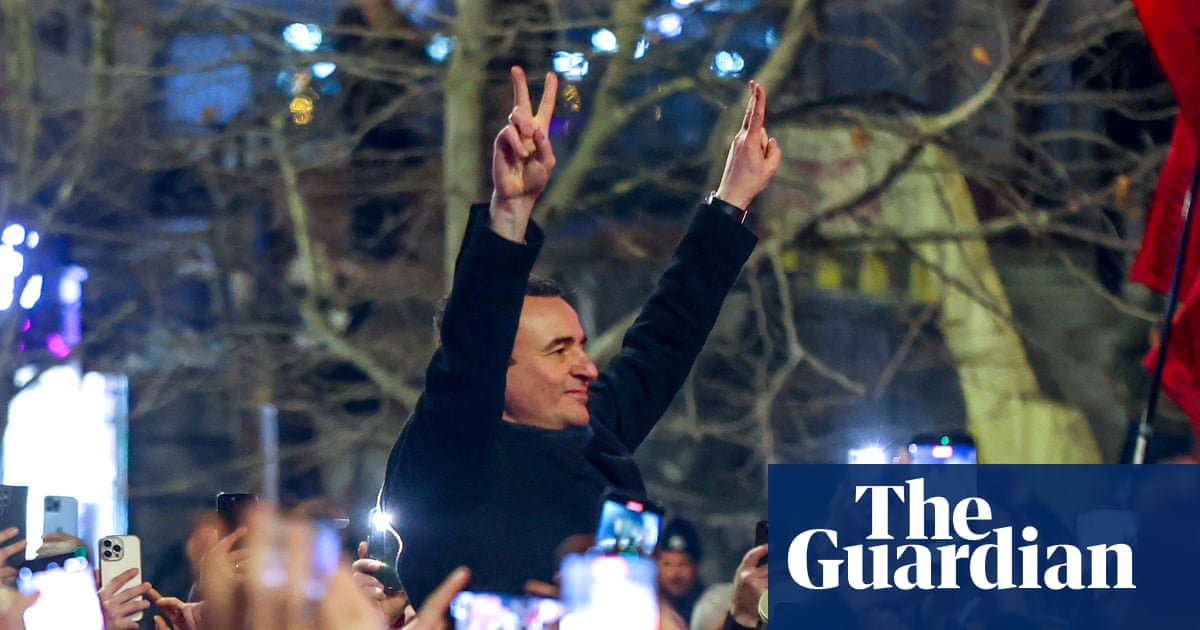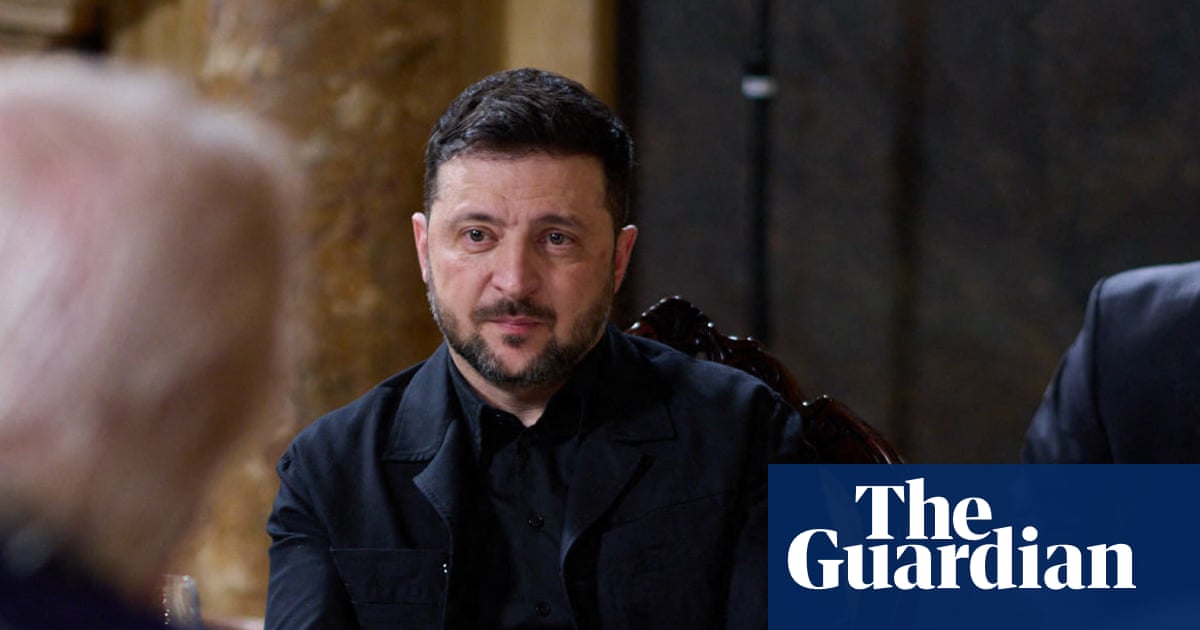Jeffrey Epstein had a lot of friends. When his girlfriend-cum-assistant and convicted fellow sex trafficker, Ghislane Maxwell, set out to compile letters, drawings and well wishes from friends in celebration of the pedophile financier’s 50th birthday in 2003, the resulting scrapbook was 238 pages long. The book, titled The First 50 Years, included letters from prominent well-wishers such as former president Bill Clinton and the Bear Stearns executives James Cayne and Alan Greenberg, as well as from the late Jean-Luc Brunel, a French modeling scout and Epstein’s fellow pedophilic rapist.
The lawyer and longtime Epstein friend Alan Dershowitz contributed a mock cover of the magazine Vanity Fair, which was working on a profile of Epstein at the time; Peter Mandelson, until this week the UK ambassador to the United States, wrote that Epstein was “my best pal!” The fashion designer Vera Wang compared Epstein to the contestant on the reality series The Bachelor, and the Microsoft executive and Bill Gates deputy Nathan Myhrvold included photos from a recent trip to Africa, writing that they were “more appropriate than anything I could put in words”. The photos included images of lions and zebras copulating, as well as of a zebra with a visible penis.
Among the contributions was a letter with Donald Trump’s signature, featuring a poem typed out in center alignment, alluding to things that the now president has in common with the pedophile, their “wonderful secret”, and a strange line noting that “enigmas never age”. Around the poem, an armless and headless female form has been drawn in black marker. Trump’s typical signature, angular and frantic in his habitual black Sharpie pen, is positioned at the figure’s pubic area, reading, “Donald”.
When the existence of this letter apparently from Trump – as well its contents and the nature of the drawing – was first reported by the Wall Street Journal in July, Trump claimed that the document was both fake and also did not exist. He filed a $10bn defamation suit against the paper. Now that the Epstein birthday book itself has been released by House oversight committee Democrats following a subpoena of Epstein’s estate, Trump and his allies claim that the letter contained there is a fake. “The White House says it’s not true,” said the House speaker, Mike Johnson, to Lisa Desjardins of PBS, adding: “So.” Tim Burchett, a Republican representative from Tennessee, suggested that the president’s letter had been forged.
Such a claim insults Americans’ intelligence – Trump’s friendship with Epstein throughout the 1990s and early 2000s has been well-documented and was spoken of by Trump at the time. Trump’s tendency to comment on Epstein’s sex life, too, is well-established. “It is even said that he likes beautiful women as much as I do,” Trump said of Epstein in comments to New York Magazine in 2002, just a year before his contribution to the birthday book, “and many of them are on the younger side.”
Trump has denied wrongdoing in his dealings with Epstein, just as he has denied allegations by more than two dozen women that he committed sexual harassment and assault against them, allegations by his first wife, Ivana, made during their divorce proceedings that he raped her (a claim she later retracted), and allegations by the writer E Jean Carroll that he raped her in the dressing room of a department store in the early 1990s. (After Trump denied Carroll’s claim, a jury awarded her a sizable defamation settlement on a finding that he in fact sexually abused her.) Trump has also denied that he walked in on contestants of the Miss Teen USA pageant while they were undressing in a changing room in 1997. Trump does not deny the repeated sexualized comments he made about his own daughter Ivanka during her teen years regarding her “hotness” and desirability; those, at least, he seems willing to stand by.
There is no evidence suggesting that Trump personally partook in Epstein’s organized trafficking and sexual assault of teenage girls. But there is mounting circumstantial evidence that makes it hard not to speculate that Trump at least knew and approved of Epstein’s abuse of the girls – seeing the sexual assaults as evidence of Epstein’s cheeky virility and a luxurious prerogative of wealth.
Indeed, what’s most striking about the birthday book, which was released to the public on Monday, is how little Epstein’s friends seem to know about him aside from the fact that he liked to surround himself with young women and teenagers. The sentiments expressed in the book are overwhelmingly bawdy; many allude directly to the young ages of Epstein’s sexual partners, as well as his penchant to transport the girls to his Caribbean island onboard his private plane.
One illustration, attributed to Mar-a-Lago regular Joel Paschcow, shows women from what appears to be a clip art file in various risque poses – a dancer does a high kick, two women pose suggestively in swimsuits, a mermaid reclines on a rock – all arranged beneath a drawing of an airplane. Perhaps the most disturbing contribution is a drawing, not attributed, that shows Epstein giving a bunch of balloons to a group of three young girls in a panel labeled “1983”; beside it, a panel labeled “2003” shows Epstein reclining on a beach chair in a tropical locale – a plane bearing the tail numbers of his “Lolita Express” flying above – while four women in thongs massage him. One, crouched near his crotch, has Epstein’s initials tattooed on her rear end. The implication is that these are the same women – that Epstein gave the girls balloons in their childhood in order to encourage them to give him “massages” later on. “What a great country!” the sketch is captioned.
There is no doubt that the contributors to Epstein’s birthday book will have different accounts of their time with the pedophile financier. But it is a horrifying document. An uncharitable reader will regard it as a collection of confessions of complicity: the relentlessly sexual nature of the contributions, and their frequent allusions to Epstein’s plane, makes it hard to avoid suspicion that many of them knew full well that there was something sexual about Epstein’s habit of regularly transporting young girls to a private island to spend time with powerful adult men. Knowing what we now know about Epstein, who was convicted for sex crimes against minors years after the book was compiled, it is hard to read the book charitably.
Even the most generous reader – the one who was driven by an excess of caution or charity towards those who spent time with Epstein – would note that Epstein’s social circle, though highly elite, is also decidedly distasteful. The drawings and letters and various missives from Epstein’s well-wishers almost uniformly consist of the kind of crude, jocular misogyny and objectification of women that passes for friendship between men of little intellect and even less character.
Clearly, they thought they were being funny; there’s a decent chance that to Epstein, his abuse of those girls and young women was hilarious. Sexual violence is often experienced as violence only by the victims: to the perpetrators, it is delightful fun – trivial and unserious – and it is the perpetrators, endowed as they so often are by maleness, age, money and status, whose view guides that of others. History, after all, is written by the winners, and in cases of sexual abuse, it is almost always the men who win.
In the more fevered corners of the internet, conspiracists wonder about what Epstein and his powerful friends may have done to cover up and conceal his sexual abuse of teenagers. But maybe this sense of a vast effort of concealment is a bit too optimistic, even, for the banal avowedness with which so much of men’s actual sexual abuse of women and girls is conducted.
More often, abuse of the kind that Epstein practiced does not have to be covered up at all: more often, it is conducted out in the open, before a group of indifferent onlookers who ignore it when they do not laugh. In such cases, it is wrong to say that there are “revelations” about an abusive man’s behavior. This conduct is not “revealed” so much as reinterpreted – found to be wrong, not due to an uncovering of facts but a change of interpretation. It is made objectionable, that is, to people who did not object before.
-
Moira Donegan is a Guardian US columnist

 3 months ago
61
3 months ago
61

















































